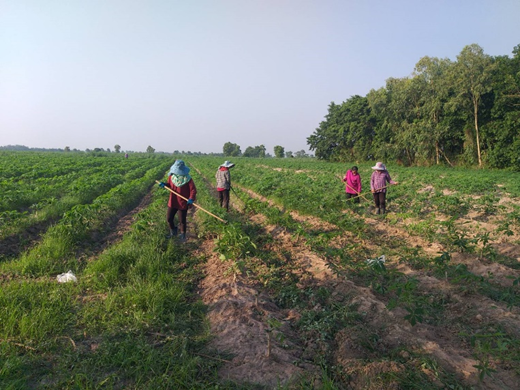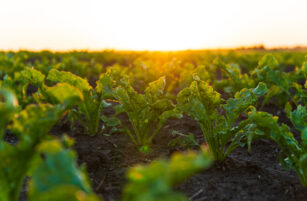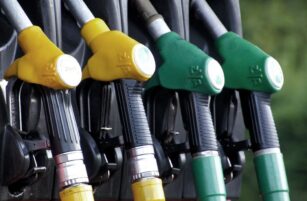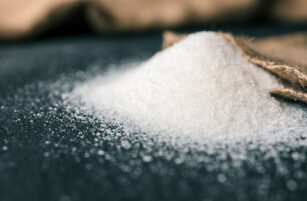Insight Focus
- Weather seems to be drier (due to El Nino effect?).
- Ratoon cane’s stalk isn’t developed, and leaves turn yellow.
- Cane volume may be lower than last year if dry season continues without rain.
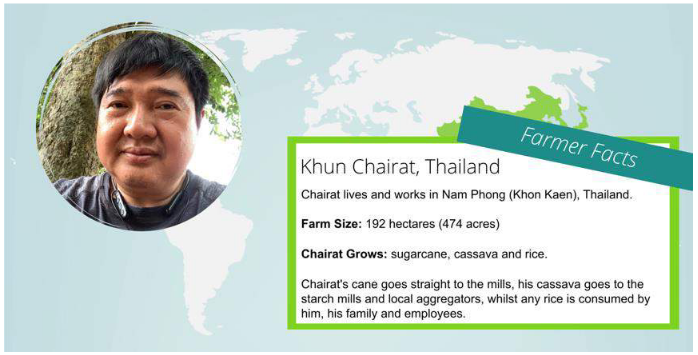
What have you been up to?
I am waiting for the rain to pour over my cane area because I recently applied fertilizer for about 90% now. The other 10% will be finished soon, probably before the rainy season hits.
However, the weather seems to be drier than normal. I believe it is due to the El Nino effect in Thailand.

On the other hand, the cassava that I planted last year are almost ready to be harvested. I think the root will be big enough around July and ready since it is 10 months old now.
Currently, there is weed management in thr cassava planting area and the fertilizer also will be applied on top of the soil respectively.
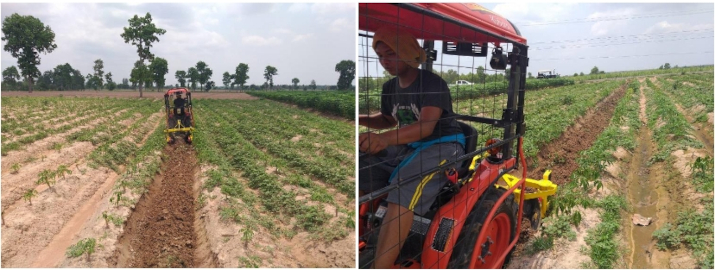
I tried to use more machinery in order to save time and it is also efficient.

However, there are certain areas where it’s difficult for the machinery to enter the field. In that case I will be using people to do the work instead.
What stage is your crop at?
Planted cane for 23/24 crop are now around 7 months old but ratoon cane’s stalk isn’t developed. I believe it’s due to dry weather (El Nino effect).
Last month I mentioned that fertilizer application will be done by using drone instead of by hand. It was not a success because there were too many cane leaves covering the soil surface.
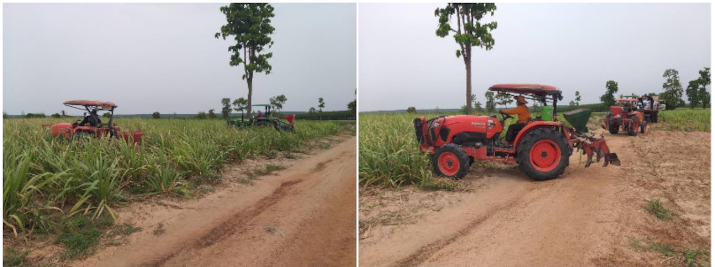
As a result, there is too much chemical being applied causing the cane leaves to become yellow, and some white because the herbicides could not reach the topsoil effectively.
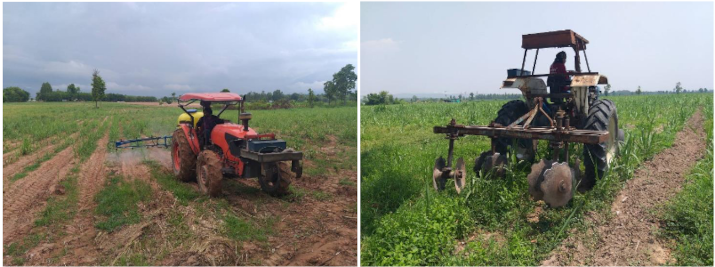
Instead, I had to re-apply herbicides and physically remove some weed using machinery.
What’s your biggest concern?
What I am concerned about now is the rainfall. In Khon Kaen province there is no proper irrigation for agriculture, including cane, so it is important to have a good amount of rainfall to enhance the cane growth. Otherwise, I believe that cane volume this year will be even lower than last year.
Another thing is about cane policy. The election in Thailand has just finished so I and other farmers are anxious of how the new policies’ direction would be. Will the cane policy to minimize air pollution, or more usage on machinery and less labor continue, or is there going to be a policy that can support the farmers?
These are crucial because once I know what direction the agricultural sector is going in, I can adjust and apply it to my cane or cassava area accordingly.
